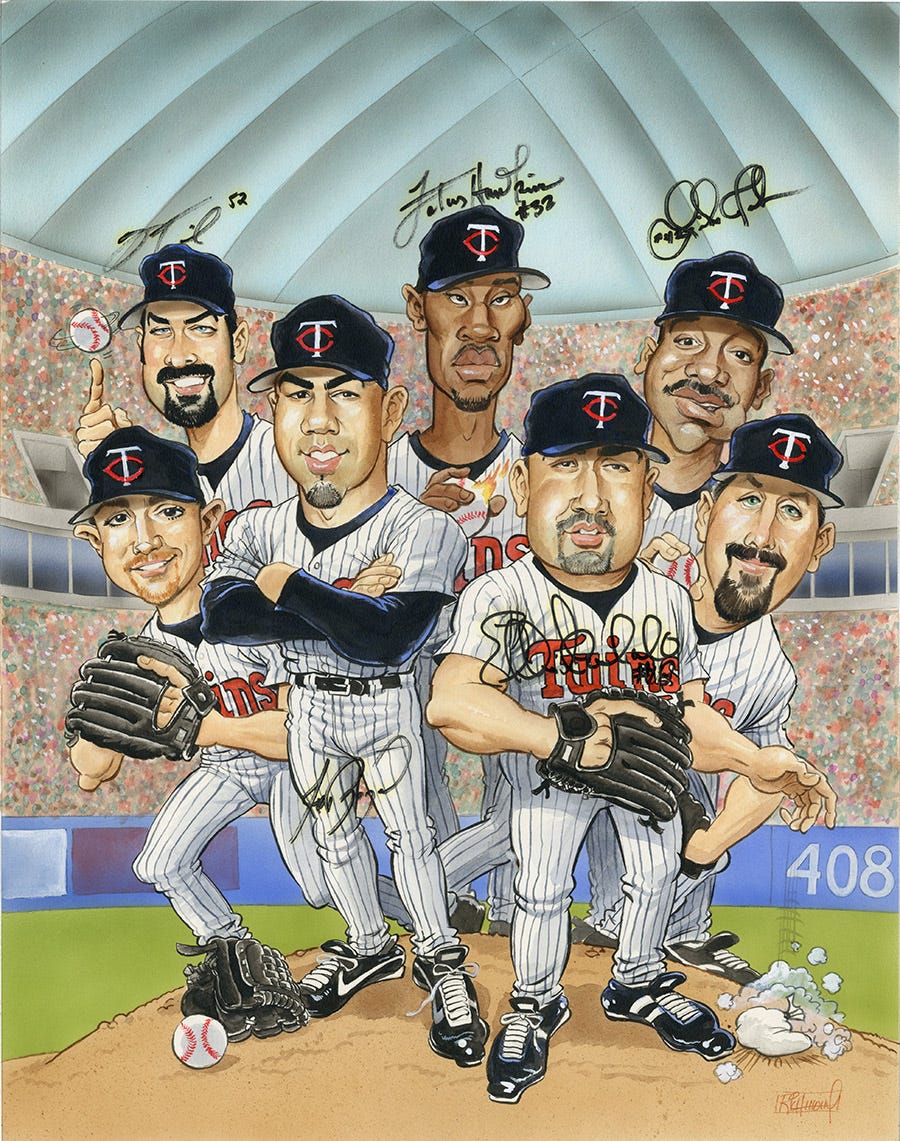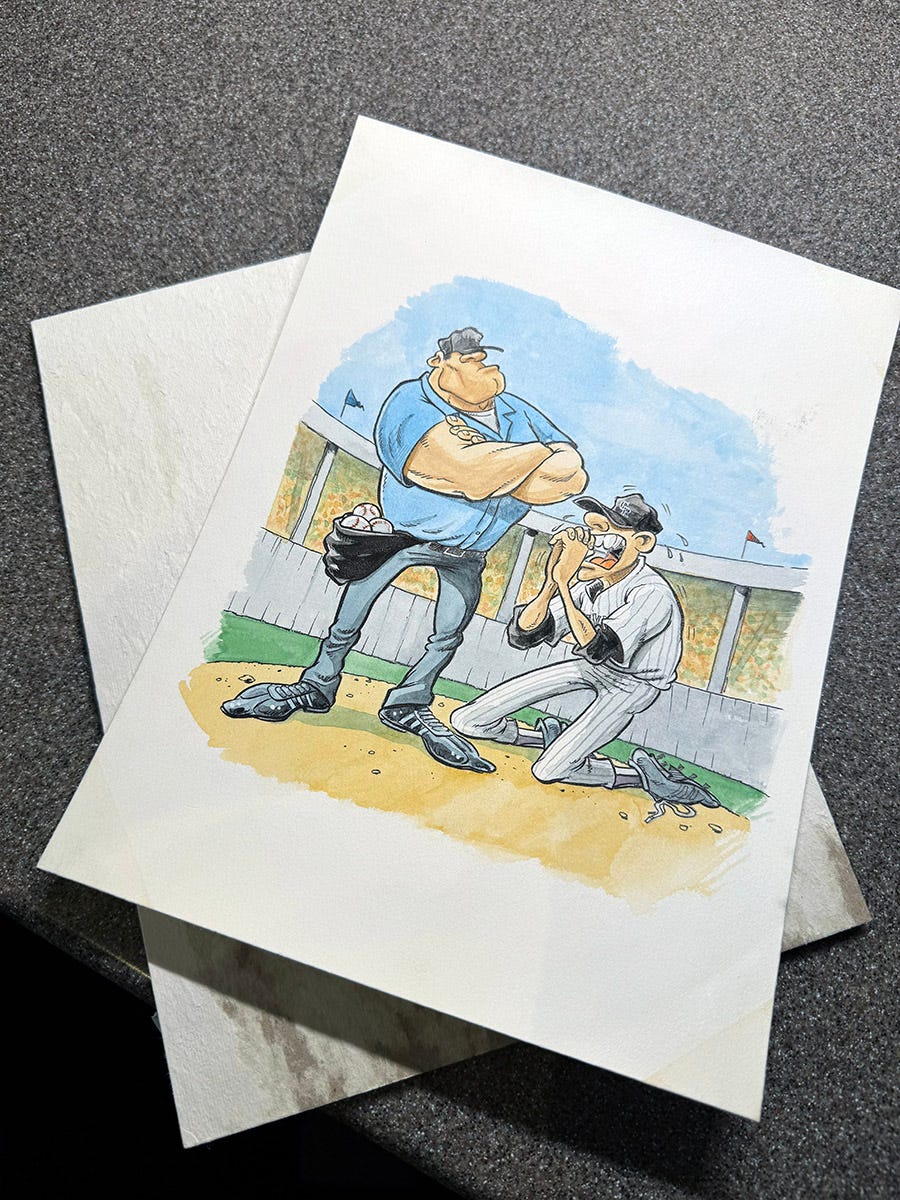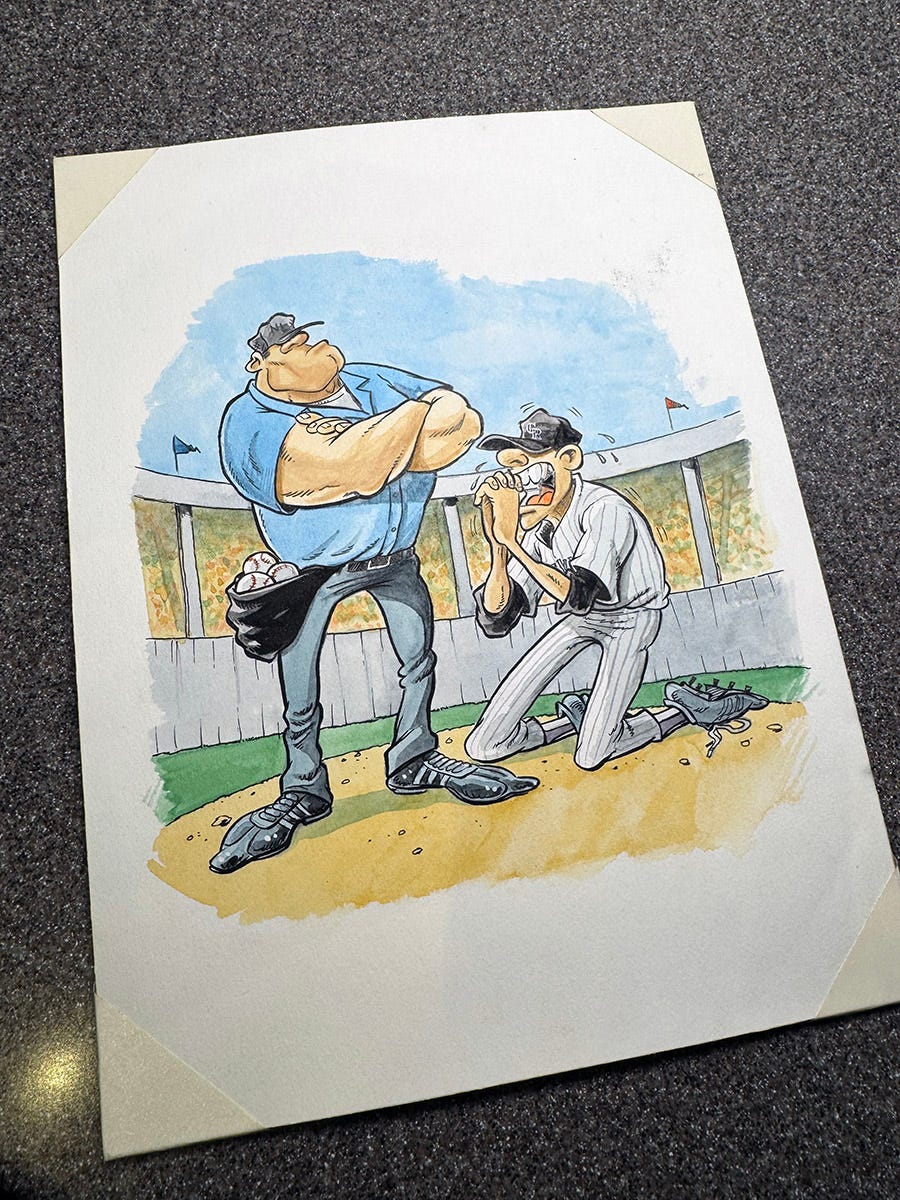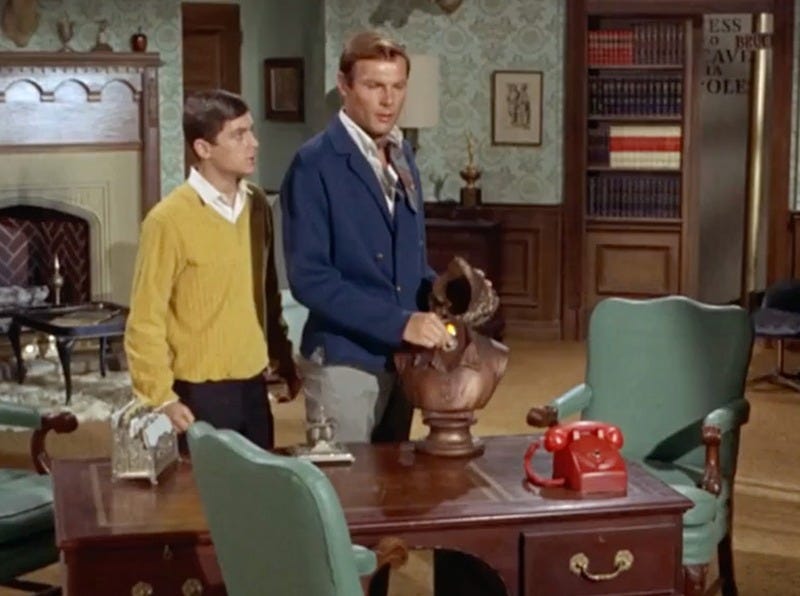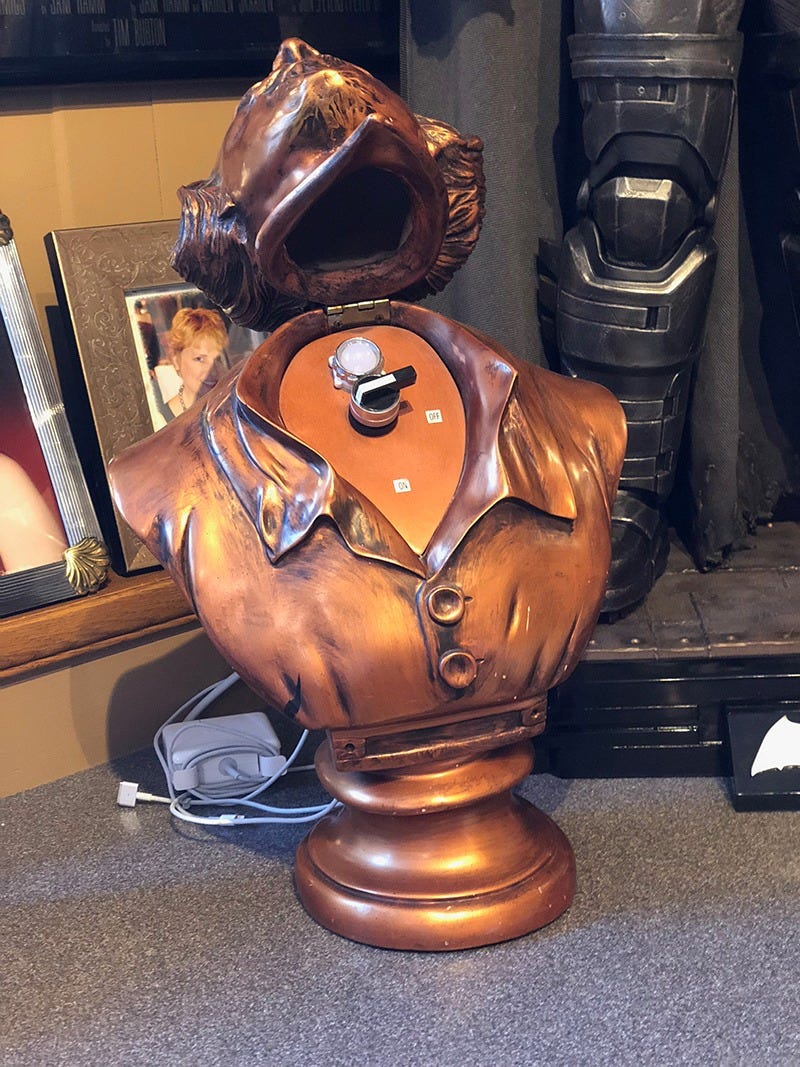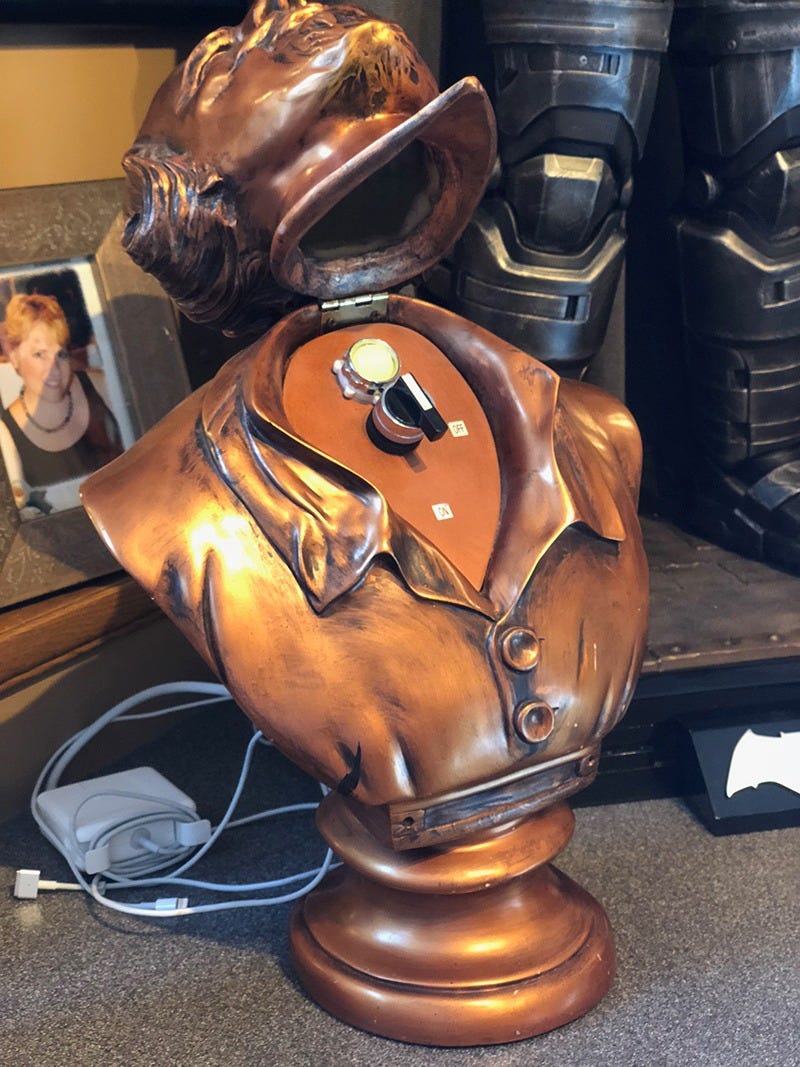The Ink Stained Wretch #170 1/29/25
Our Sketch is Jammin', Pushin' Pixels, Stuff from my Studio, and a Danish Discourse!
It's time again for another of the ghastly, godforsaken, and just plain gross bunches of gibberish that are these newsletters! This week we shoot the sheriff with our sketch, discuss when and why I started down the digital path, have a look at some cool stuff in my studio, and share a podcast I did while in Denmark... on with the 'Wretch!
Sketch o'the Week: Bob Marley!
Click here if you are interested in this original sketch.
No, I wasn't smoking the herb when I did this sketch of reggae great Bob Marley, but I bet it would have turned out differently (maybe better) if I had been!
It occurred to me recently that my ongoing but infrequent series of caricature of musical legends and superstars had a big hole in it without including Marley, who brought reggae into the spotlight of popular music in the 1970s. There was a period of time when I listened to a fair amount of reggae in the studio. and The Wailers was a mainstay. Bob Marley remains the face of that genre of music almost 45 years since his death of melanoma at age 36. "Legends" is still the best selling reggae album of all time.
Did you know that reggae is the best type of music to put on for dogs to listen to when they are alone in the house or in a stressful environment? Now you do.
Premium Subscribers will find the video of me drawing this one at the bottom of this post!
From Paint to Pixels
I'm old enough to have (just) started my career as an illustrator before the digital revolution took place, so I started out doing my work in 100% traditional media. For me, that meant a combination of watercolors, acrylics, inks and airbrush. "Mixed media" in other words. The image above is one I did for the cover of the Minnesota Twins magazine in 2002, done in traditional media. I had some of the players depicted sign it.
I went to a small art college in St. Paul, MN, and graduated in 1989. There were no classes in digital creation there, because there was virtually no digital creation going on at the time. We had one "Macintosh" computer in the school. It was located in a small attic room and was nothing but an oddity, where students got to play with the rudimentary "MacPaint" program using a mouse. The school still had classes in "Layout and Keylining" using rubber cement, photostats, and typeset copy... if you don't know what any of that is, you are younger than 50 years old.
Shortly after I started freelancing, programs like Quark, CorelDraw, Illustrator and PhotoShop became more and more prevalent in the world of publication. At the time these programs were primitive infants compared to what they have become, but as the 1990's progressed I found some clients were asking for art to be delivered as digital files rather than as physical pieces.
A quick illustration history lesson: It used to be I would do most of my work on illustration board, which was really a piece of cotton or fiber based heavy paper glued onto a pressed chipboard backing. It was very solid (unbendable in fact) and would take wet media without warping or shrinking. I would send this original art to the client, like this spot illustration I found at the bottom of one of my flat file drawers recently:
Then they sent it out to a "color house" who would peel the paper layer off the backing, which it was designed to do:
They would then put it on a drum scanner, which was a curved cylinder that rotated through a scanner apparatus (flatbeds were virtually unknown). This would scan the art to covert it to films in CMYK, which is what were used in the printing process. The art would be returned to me with the original art layer taped on the corners to the original backing.
In the early 1990's it became apparent to me that this process was very quickly going to become obsolete, as publishers switched from the laborious practice of manual layouts and keylining to producing their publications entirely on the computer. These publishers would want a digital image file, not a painting they had to send out to get color separated. Around that same time digital drawing tablets became available, which allowed artists to draw and paint with a stylus on a tablet and use pressure sensitivity to achieve line and opacity variation, rather than having to use a clumsy mouse.
Seeing the writing on the wall, I invested in a powerful personal computer and one of these tablets, and started experimenting with CorelPaint and PhotoShop to see if I could achieve a hand painted look similar to my traditional media style but using digital tools. My entire purpose was not to ditch traditional media but to end up with a digital file. It was all about how I delivered the final image, not how I created it. Flatbed scanners existed at the time but affordable ones could not scan colors suitable for print. Black and white inks, yes, but not color. That required a "pre-press" scanner which was unbelievably expensive at the time.
This all led to the ink lined/digital color style I still use today. The tools have become much more sophisticated, but the concept remains the same. I am quite certain in the mid to late 90’s I got a lot of jobs over other freelancers because I could deliver a native digital file while others stuck with art needing color separation and processing.
To the Batpoles, Old Chum!
The studio of an artist is always a very interesting space. It is very different for each artist because the setting and the things in it are a reflection of the artist that occupies it. Most of the cartoonists whose studios I have visited are full of toys and cartoon/comics related stuff, mostly from either their childhood or things they have worked on or admire. Artist studios are usually fascinating places and often a lot of fun to look around. I think artists tend to surround themselves with objects that inspire their creativity, and are meaningful to them.
I'm no exception. Almost everything in my studio has some kind of significance for me… it was either obtained in some interesting way, or is a remembrance of some trip or event from my life, or was given to me from someone special or for some special reason, or is just incredibly freaking cool. I’ve got very little “just picked this up at Target” sort of stuff. I spend a LOT of time working in the studio. The place has to be fun to hang out in or I'd have turned to installing kitchen appliances for a living years ago.
By the way this feature was inspired by my wife, The Lovely Anna, who did a series of posts on Facebook some time back posting pics of a different Christmas ornament every day and the story behind them. She’s very inspirational.
To that end, here's a new but VERY occasional feature in the 'Wretch called "Stuff in my Studio"…
Fans of the 1960’s Batman show will recognize this beauty- a functioning prop replica of the Shakespeare bust that contained the hidden button to access the Batcave from Wayne Manor:
When I say “functioning” I sadly do not mean when I open it and flip the switch my bookcase does not roll open to reveal “Access to Batcave via Batpoles”. The plaster cast bust does open and contains a switch and light:
But its activation only turns on my lightable:
The bust is cast plaster with a bronze paint and antiquing effects, with a separate hinged head. It has a plug and extension cord coming out of the back of the base that allows you to plug in any electronic device and use the switch to control when power goes to the device. These prop replicas were available on eBay about 25 years ago, made (I think) by some guy in Brazil. I have not seen one of this particular kind on eBay in a very long time.
For a while Diamond Select mades a replica of this bust as a bank, but with no electronics. Meh. Mine is way cooler.
A Danish Discourse
Back in September of last year I was a guest at "ArtBubble", a comic arts festival taking place in Aarhus, Denmark. I recorded a podcast with one of the festival hosts Arni Beck Gunnarsson in front of an audience while there. Here's a link to the show, where we talk about caricature, MAD, CLAPTRAP, my career, and comics.
If you are a free subscriber, that's it for you for this week's "Ink Stained Wretch"! If you are a premium subscriber, keep reading below!
Thank you for being a subscriber! As always, if you liked what you saw please share it with others. Remember I'm always looking for feedback, questions for the mailbag, and suggestions for future Sketch o'the Week subjects. Just reply to this email with any of the above! And always remember... it's crackers to slip a rozzer the dropsy in snide!
Keep reading with a 7-day free trial
Subscribe to The Ink Stained Wretch to keep reading this post and get 7 days of free access to the full post archives.








